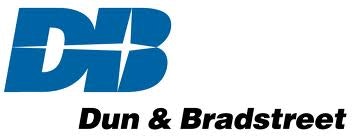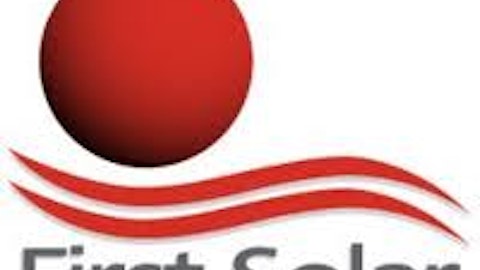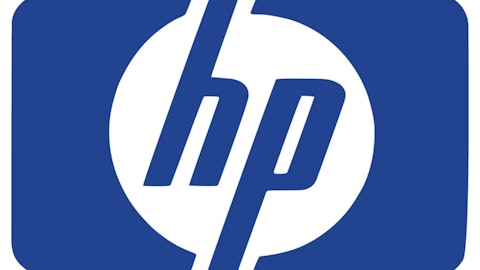Dun & Bradstreet Corp (NYSE:DNB)tanked earlier this month after posting fourth quarter numbers below Wall Street expectations, which was a result of weakness in its North American business. D&B’s stock fell more than 7%, but I think it’s worth taking a look at the company to see if it could be a buy on the weakness (check out the hedge funds owning Dun & Bradstreet). However, I have my doubts that I can convince investors to buy into the stock.

Increasing competition will also pressure D&B profitability and margins going forward. The competition includes major corporate information gathering companies Equifax Inc. (NYSE:EFX), Moody’s Corporation (NYSE:MCO), Fair Issac Corporation (NYSE:FICO) and Axiom . Equifax has a large reliance on the mortgage industry, which has proved troublesome for the company, especially with the decline in home purchases. Equifax’s earnings for last quarter came in at $2.20 per share, up from $1.93 per share for the same quarter last year, but still well below analysts’ estimates of $2.46 (read more about the new-age ratings agencies). Equifax also offers corporate credit rating services, which more directly compete with D&B.
Moody’s stock has fallen more than 10% over the past few days on news that S&P, fellow major rating agency, was being sued by the Department of Justice, claiming that the agency knowing attached faulty ratings to structured finance products. Although the DOJ has made no mention of dragging Moody’s into the suit, the stock remains depressed on concerns that the company could be involved. The business of being a major credit rating agency involves high barriers to entry, which provides some insulation to Moody’s business. Despite the DOJ overhang, the stock trades with a PEG that is only 0.9 (a PEG below 1.0 suggests the stock is a solid growth at a reasonable price opportunity).
Fair Issac is expected to see EPS of $2.96 in 2013, which is a big jump from $2.65 in 2012. The other issue with Fair Issac is its inherent exposure to consumer credit. Any hope of expanding sales will come by way of expanding consumer credit, which may be delayed until 2014. Worth noting, however, is that Fair Issac managed to generate some $104 million in cash, while booking a net income of only $92 million, an overall positive. The cash generated means 15% of revenues were converted into free cash flow.
Acxiom, the marketing technology and services company, has a high dependence on its AbiliTec software technology, requiring it to continuously update its technological services in order to remain competitive in the industry, which further increases its costs and reduces its profitability. Analysts expect revenues to be less than stellar, expected to be down 2.5% in fiscal 2013. As a result, BMO Capital recently downgraded the company from ‘outperform’ to ‘market perform’ and putting a price target on the company of $20.00.
It appears that all the major rating agency companies, regardless of their specialty, are seeing pressure. With the majority seeing big dips in early February.

Back to D&B, the company is cheap across the board on a number of metrics, including P/E, P/CF and P/S:
- Dun & Bradstreet 13x
- Equifax 25x
- Moody’s 15x
- Fair Isaac 19x
- Acxiom 23x
- Dun & Bradstreet 10.4x
- Equifax 15.2x
- Moody’s 13.3x
- Fair Isaac 14.2x
- Acxiom 7.5x
- Dun & Bradstreet 2.2x
- Equifax 3.1x
- Moody’s 3.8x
- Fair Isaac 2.2x
- Acxiom 1.2x
Don’t be fooled. Dun & Bradstreet is quite cheap, so is it a value play or a classic value trap? I think it could be a value trap, where its discounted peer valuation is warranted. D&B’s 50% discounted P/E, relative to peers, is in line with its historical norms. Historically, D&B has traded with a 45% discount to peers, but currently trades at 65%. Notable hedge fund managers Ken Griffin and Joel Greenblatt are both top-name investors owning Dun & Bradstreet last quarter (check out Griffin’s top picks), but I would go in the opposite direction, and not take the risk of investing in Dun & Bradstreet.
The article Dun & Bradstreet Gets A Poor Rating originally appeared on Fool.com and is written by Marshall Hargrave.
Copyright © 1995 – 2013 The Motley Fool, LLC. All rights reserved. The Motley Fool has a disclosure policy.


